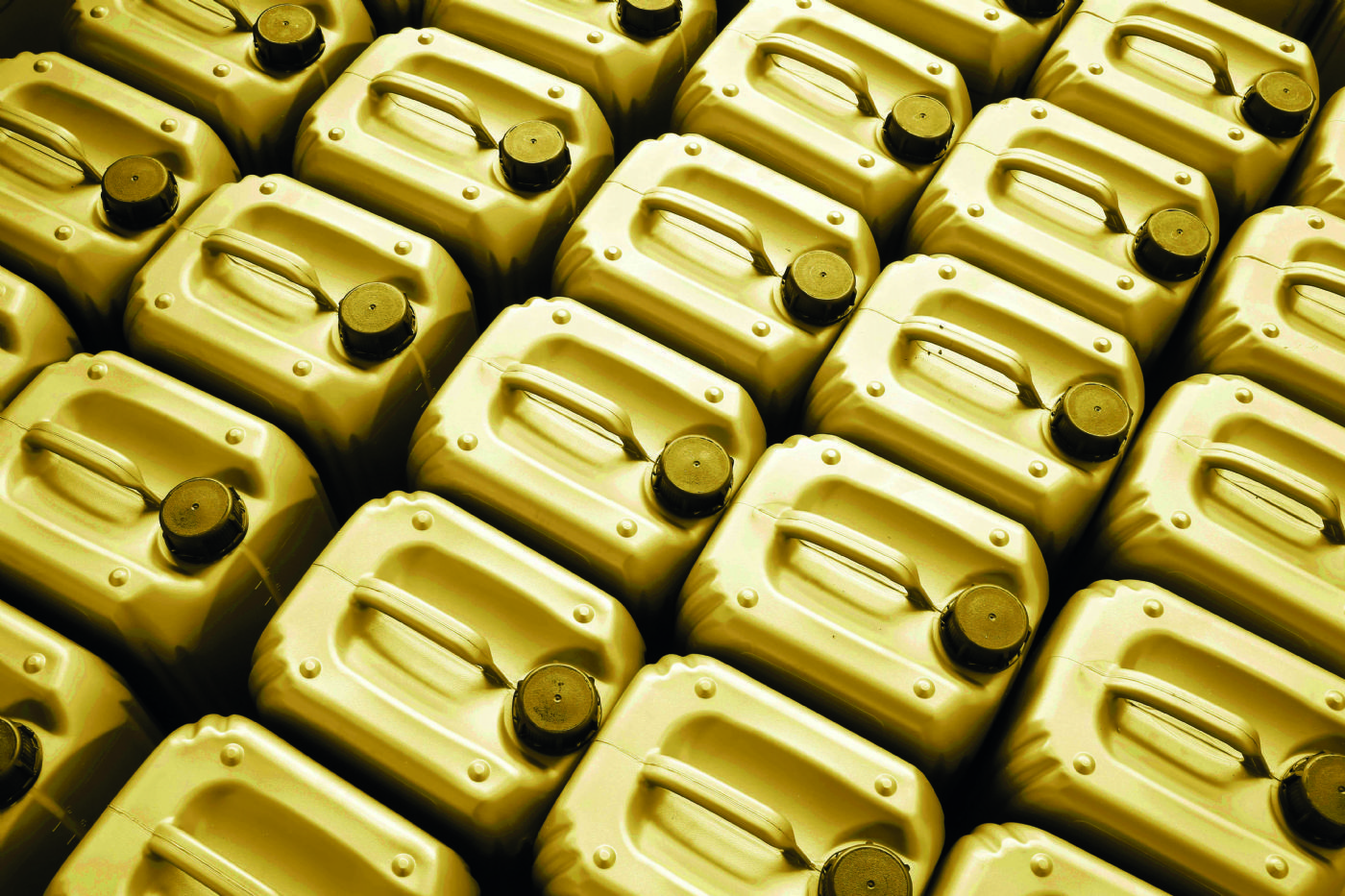“The Lubricant Packaging Market 2019 In-Depth Analysis of Industry Growth Trends & Forecast up to 2024” indicates that plastic dominated over seventy percent of the packaging market in 2016 with its durability, accessibility and cost effectiveness. Polyethylene accounts for forty percent of this share. Aluminium has sixty percent share in the metal packaging market as a lightweight, abundant and low-cost material. Among packages, kegs and drums produce the highest income while it is expected that demand for pails will increase in the near future.
It is estimated that positive growth indicators in the automotive and energy sectors will shape the lubricant packaging market, whereas the market focuses on subjects such as using innovative materials in packaging, recycling and eco-design solutions, refill, decreasing the carbon and water footprint of packaging in final product, etc. Lubricant manufacturers’ and packaging suppliers’ preferring sustainable alternatives is also very important for packaging waste management because each end-of-life lubricant package is a valuable raw material. This fact should be remembered. Waste packages and plastics in particular should gain added value in economy by being recycled and/or upcycled.
Regulation on Waste Management (2015), Regulation on the Control of Packaging Waste (2017) and Zero Waste Regulation (2019) impose obligations for lubricant packages. Within the scope of the “Regulation on Recycling Share” dated December 31, 2019, it is aimed to determine, declare, collect and monitor the recycling shares to be collected from those who release/import packages. With this Regulation, the concepts of Recycling Share (GEKAP) and Deposit have become an obligation for manufacturers. “Deposit” is the system which is established for accepting returns from users or consumers for the products/goods that are supplied to the market with a certain material value, and GEKAP declarations are supposed to be submitted and implemented. The obligation to make GEKAP payments starts when the products are supplied to the internal market or imported. The GEKAP amount to be paid for lubricants as from January 1, 2020 has been designated as “50 Kuruş/kg”.
In the draft law on the Turkey Foundation for Zero Waste, it is aimed “to raise awareness for protecting the environment, to carry out activities for establishing, mainstreaming and developing the zero waste management system for an effective implementation, to facilitate the establishment and development of the deposit system, to implement the deposit systems and to ensure coordination among all parties”. The entire legislation stipulates the fulfilment of broader manufacturer liability by lubricant manufacturers for their packages. Our beautiful country and plant also expects the fulfilment of this critical liability.
The issues that should be revised according to the information shared with me by lubricant manufacturers, which provide full sectoral support to GEKAP for the future of our country and environment:
- How GEKAP will be collected and whether it will be included in the invoice should be clarified.
- Some GEKAP obligants and Original Equipment Manufacturers (OEM) are given exemption and net settlement opportunity. But inclusion in invoice, declaration and disclosure of evidence aspects should be clarified.
- The GEKAP amount paid for import remains within the product cost if an imported good is exported. There is no net settlement. Loss of the added value created here should be prevented.
- Process lubricants are raw material for the production of rubber materials, thermoplastic materials, explosives and textile chemicals. These lubricants do not create waste. In these productions, costs of lubricant manufacturers automatically increase due to GEKAP. It is not possible for these firms, which mostly produce for export, to cope with an approximately 5-10% cost increase. These sectors, which receive incentives, will also face market loss. Thus, a net settlement or return mechanism should be established for lubricant consumers.
When we make a rough calculation of annual GEKAP sum from lubricants, we find a very high amount. Appreciation of this potential economic amount for lubricant waste management and upcycling in particular for the sake of our green planet, blue planet is for the good of our country.













